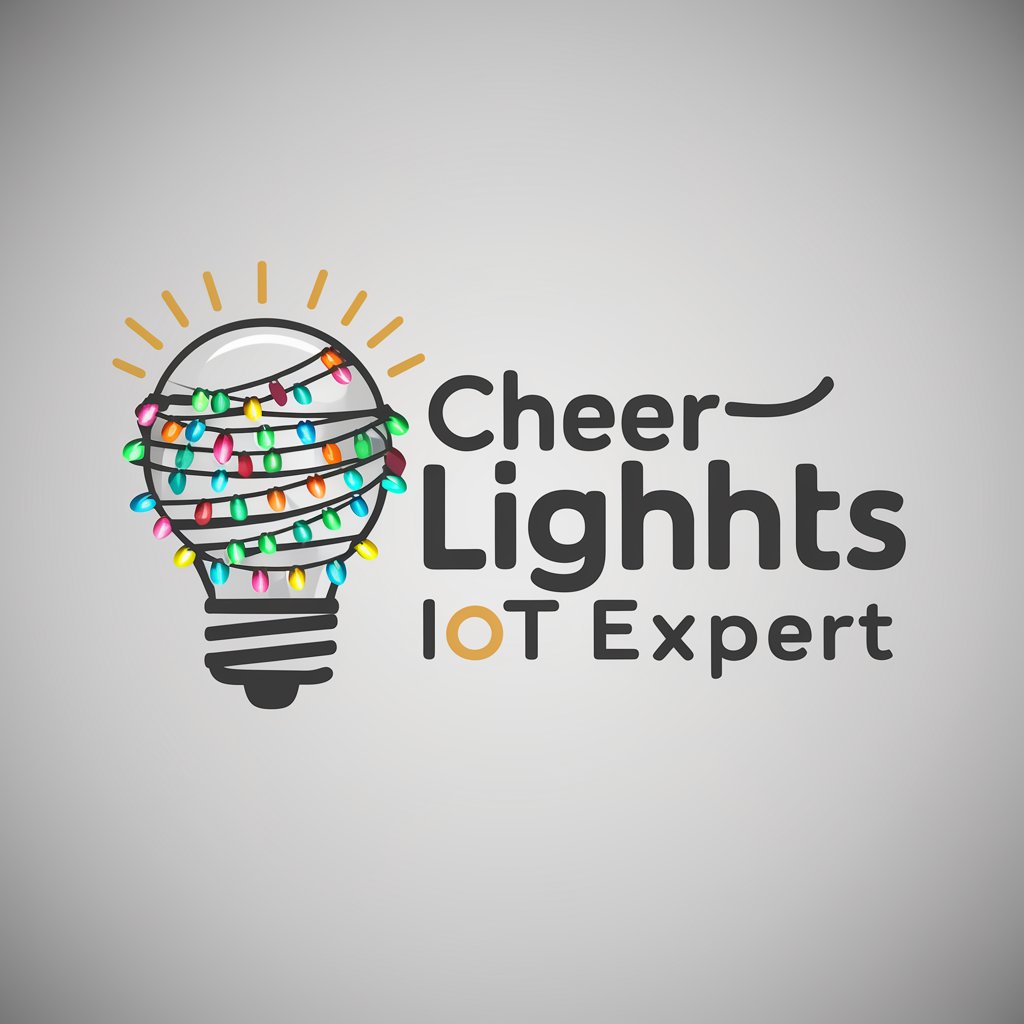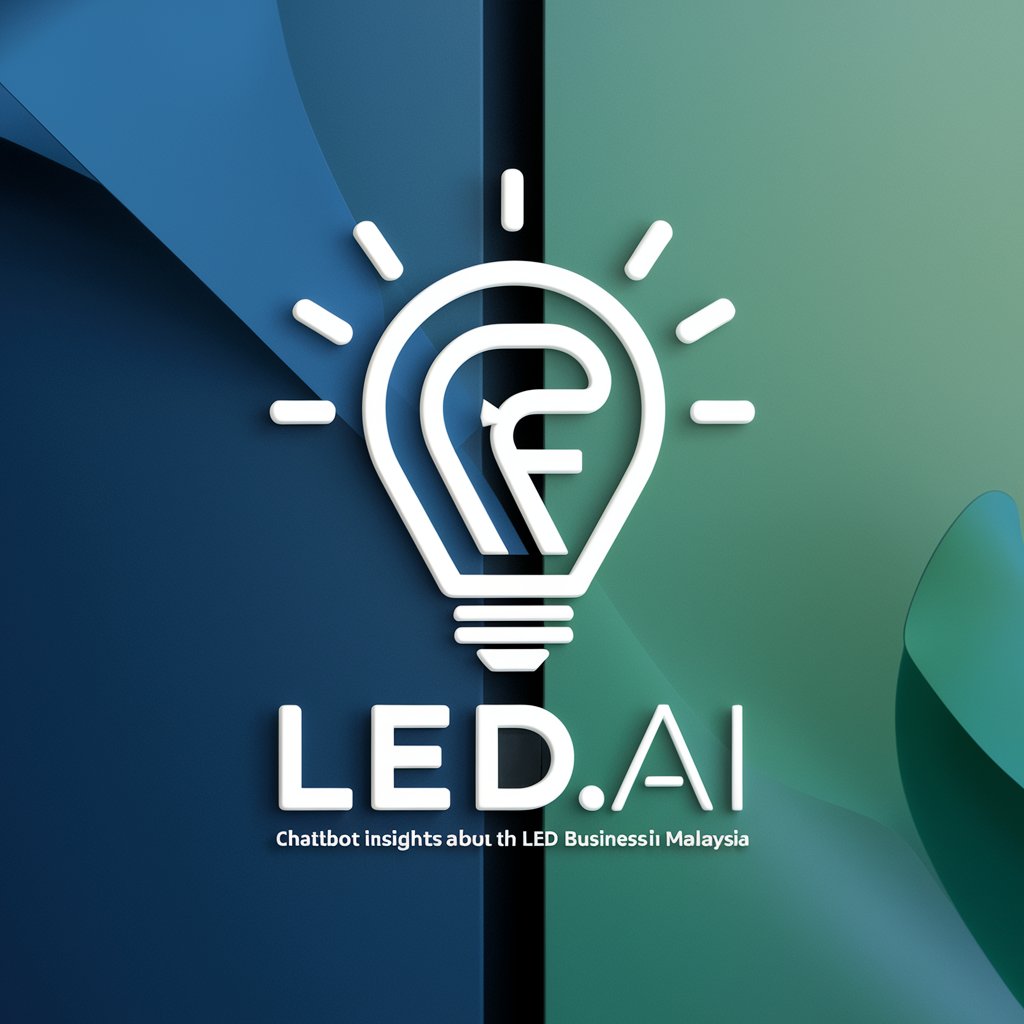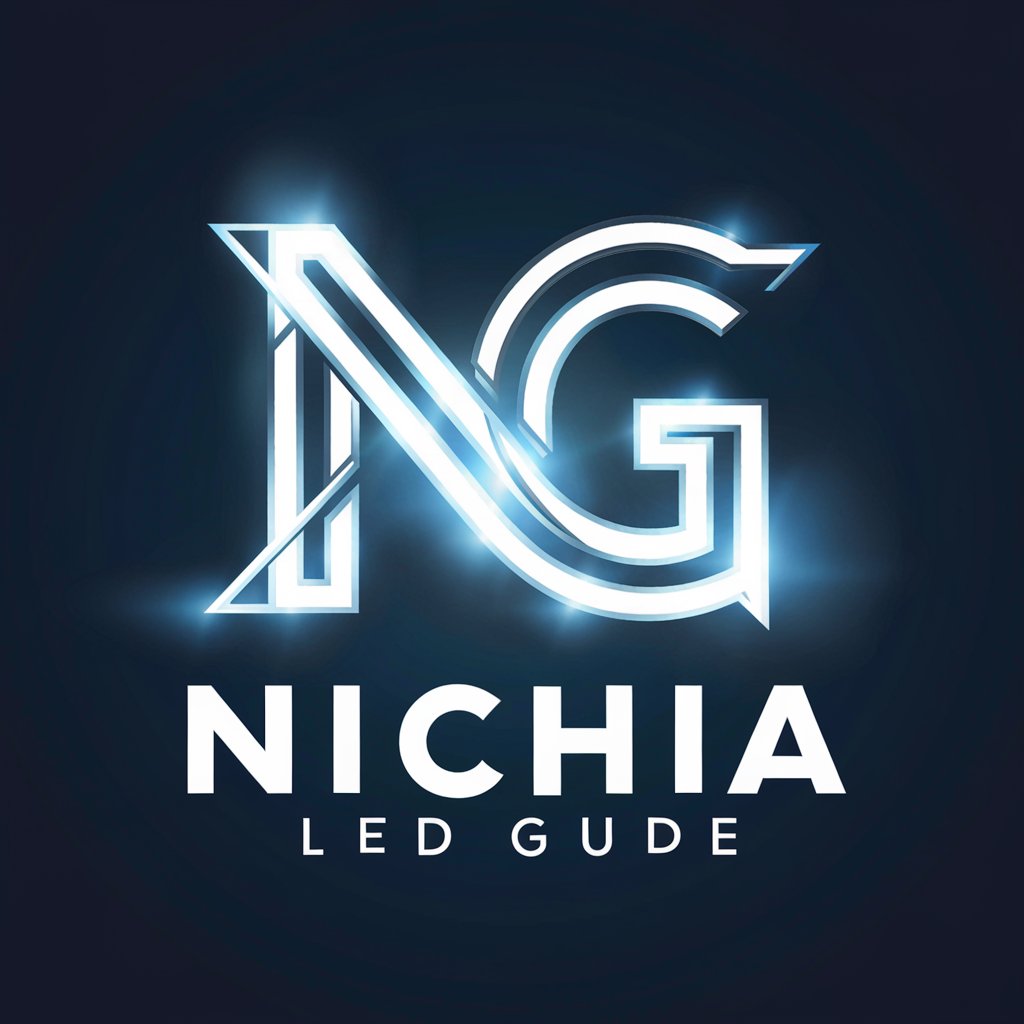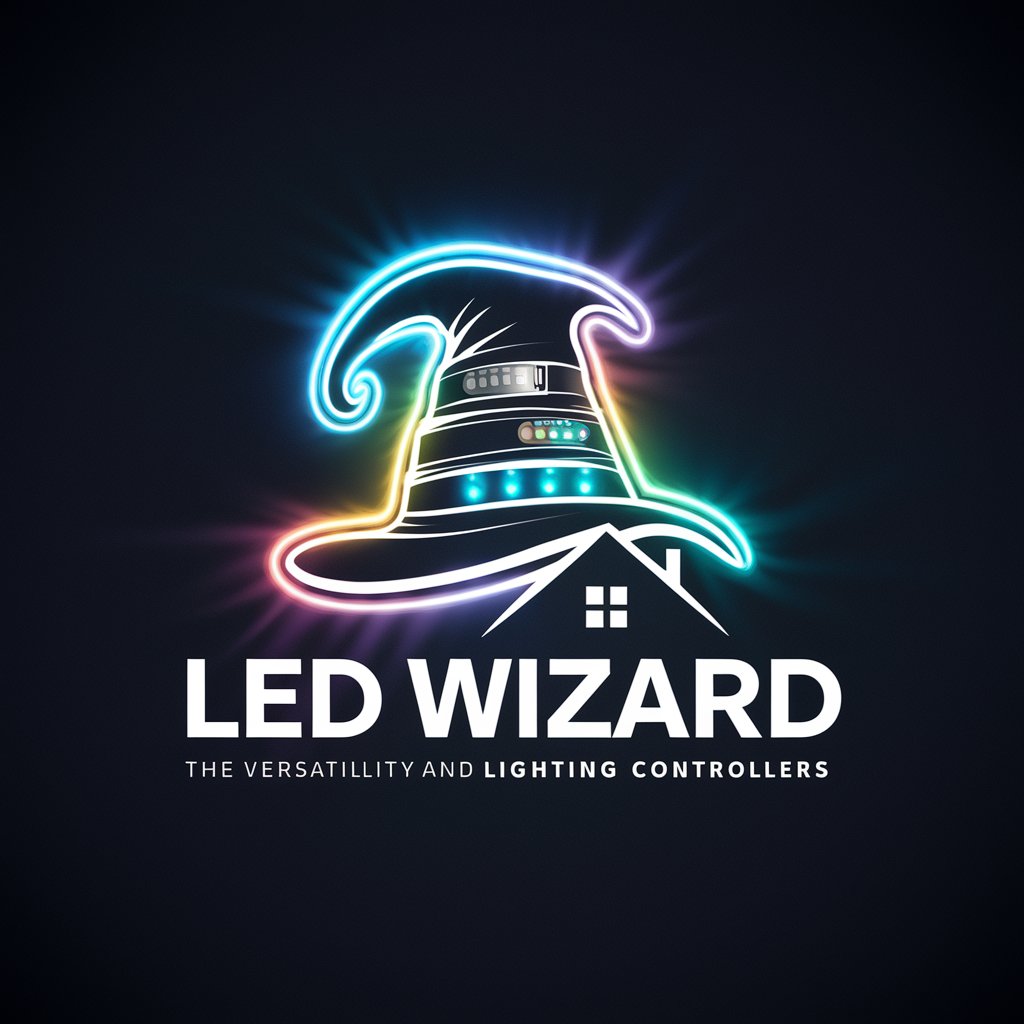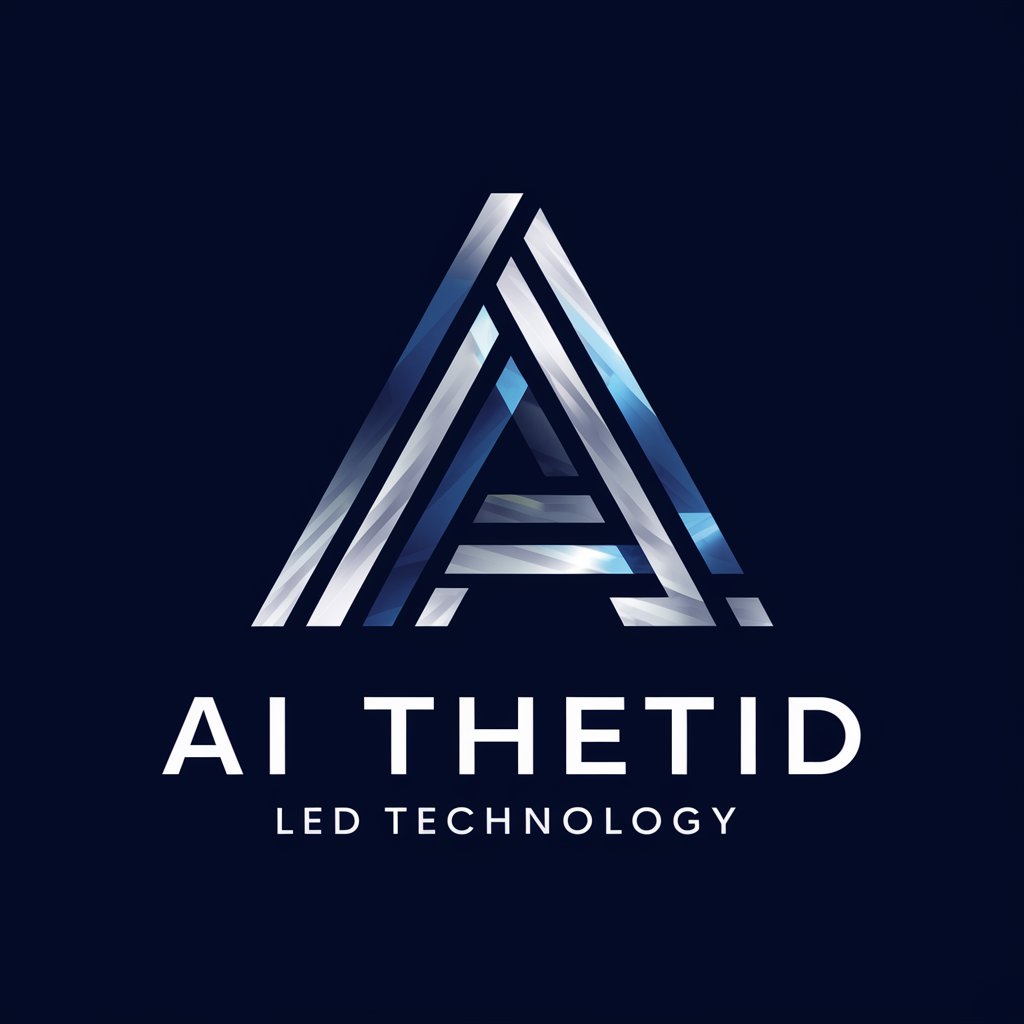
LEDs - LED Technology Insights

Welcome! Let's dive into the world of LED technology.
Illuminating the Future with AI
Explain the working principle of LEDs in detail.
What are the latest advancements in LED technology?
Describe the different types of LEDs and their applications.
How do LEDs compare to other lighting technologies?
Get Embed Code
Overview of LEDs
Light Emitting Diodes (LEDs) are semiconductor devices that emit light when an electric current passes through them. Unlike traditional incandescent bulbs, LEDs don't have a filament that burns out; instead, they are illuminated solely by the movement of electrons in a semiconductor material, typically gallium arsenide or gallium phosphide. The efficiency of LEDs comes from their ability to convert a high percentage of electrical energy into light, with minimal heat production compared to older lighting technologies. This makes LEDs more energy-efficient, durable, and longer-lasting. LEDs are designed to offer a wide range of colors, brightness levels, and light intensities, making them versatile for various applications. For example, they are used in residential lighting for energy savings and longevity, in electronic devices as indicators and backlighting, in automotive lighting for headlights and signal lights, and in street lighting for improved visibility and reduced maintenance. Powered by ChatGPT-4o。

Main Functions of LEDs
Energy Efficiency
Example
Residential and Commercial Lighting
Scenario
In homes and offices, LEDs are used to replace traditional incandescent and fluorescent bulbs, significantly reducing energy consumption and lowering electricity bills.
Long Lifespan
Example
Street and Public Area Lighting
Scenario
LEDs are employed in street lamps and outdoor public areas, offering long-term illumination without the need for frequent replacements, thus saving on maintenance costs.
Compact Size
Example
Electronic Devices
Scenario
LEDs are utilized in smartphones, laptops, and televisions as backlighting solutions due to their small size, which allows for thinner and more energy-efficient designs.
Adjustable Color and Brightness
Example
Entertainment and Decorative Lighting
Scenario
In entertainment settings and for decorative purposes, LEDs offer adjustable colors and brightness levels, enabling creative lighting solutions and atmospheric effects.
Low Heat Emission
Example
Art Galleries and Museums
Scenario
LED lighting is preferred in art galleries and museums to prevent heat damage to sensitive artworks, providing high-quality illumination while preserving the integrity of the exhibits.
Ideal Users of LED Services
Environmental Enthusiasts
Individuals and organizations focused on reducing energy consumption and minimizing environmental impact benefit from LEDs' energy efficiency and long lifespan.
Homeowners and Commercial Property Managers
Those responsible for managing residential and commercial properties find LEDs attractive for their cost-saving potential, durability, and minimal maintenance requirements.
Technology and Electronics Manufacturers
Companies that produce electronic goods and vehicles integrate LEDs due to their compact size, efficiency, and versatility in backlighting and signal applications.
Lighting Designers and Architects
Professionals in lighting design and architecture utilize LEDs for their flexibility in creating atmospheric and functional lighting solutions, benefiting from the wide range of colors and intensities available.
Public Sector and Municipalities
Government entities and municipalities adopt LED technology for public infrastructure projects, such as street and public area lighting, for its cost-effectiveness, energy savings, and environmental benefits.

Using LEDs: A Guided Approach
Initiate Exploration
Begin by exploring online platforms like yeschat.ai for a comprehensive introduction to LEDs, offering a free trial without the need for login or a subscription.
Understand LED Basics
Familiarize yourself with the basics of LED technology, including types, colors, sizes, and voltage requirements. Knowing these fundamentals is crucial for selecting the right LED for your project.
Select Application
Determine the application of LEDs in your project, whether for general lighting, decorative purposes, signal lighting, or electronic projects. Each application may require different types of LEDs.
Gather Necessary Tools
Ensure you have all necessary tools and components, such as a power supply, resistors (for current regulation), and a soldering iron if needed for your project.
Installation and Testing
Carefully install the LEDs according to your project design. Test the circuit to ensure everything is working correctly, making adjustments as necessary for optimal performance.
Try other advanced and practical GPTs
Electronics Help
AI-powered electronics troubleshooting and advice

Python Learning
Empowering your Python journey with AI

📖 EduBuddy AI: Your AI partner in Education
Revolutionizing education with AI-powered tools.

Invoke Teaching Guide
Empowering creativity with AI education

Survey Designer GPT
Design surveys with AI ease.

Big Kaiju Creator
Unleash your monster creation potential.

Subtitle Wizard
Automate Your Media Library Organization

FunZone
Discover, Engage, Enjoy - AI-Powered Entertainment

Media Strategy Expert
Empower Your Media Strategy with AI
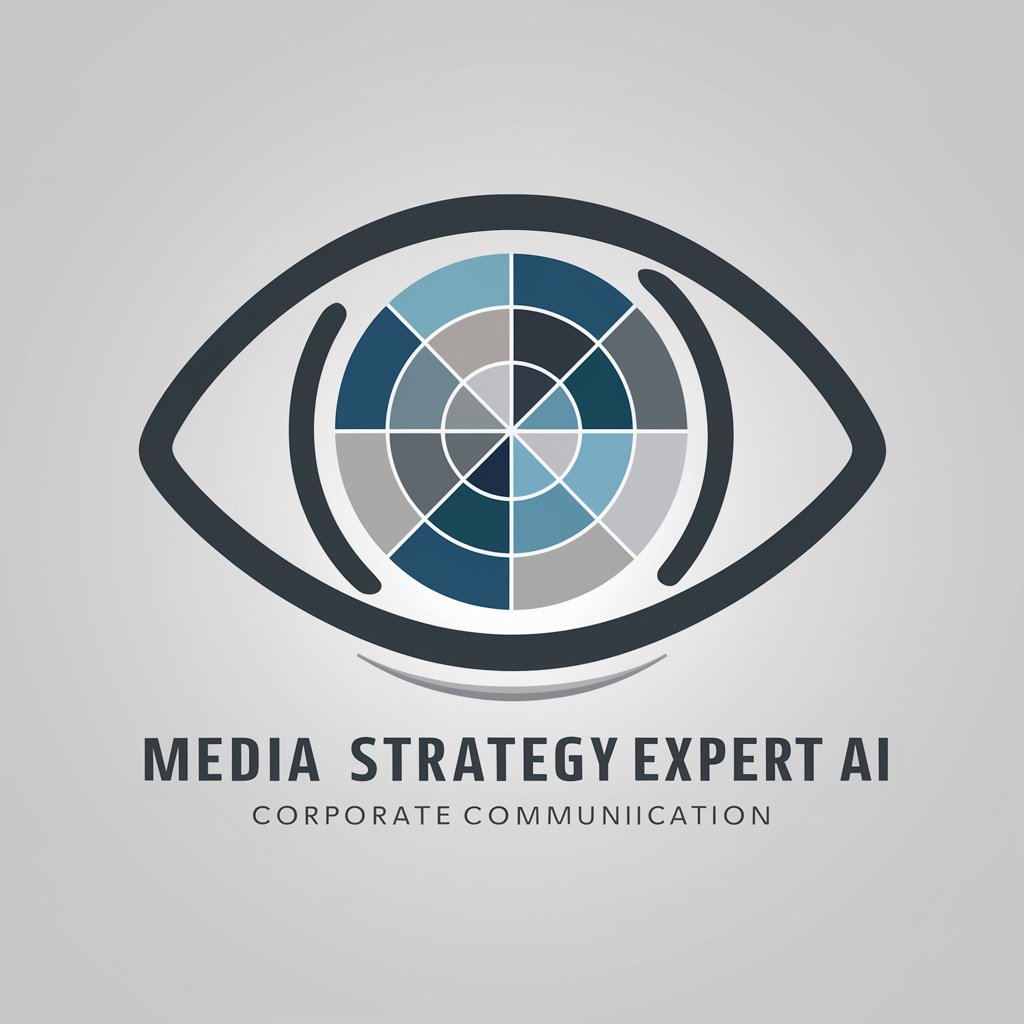
Outlook Scheduler
Streamline Your Calendar with AI

The Python Scripting Squad
Empowering Projects with AI Expertise

Sport news GPT generator
AI-powered sports news at your fingertips

Comprehensive Q&A on LEDs
What are the primary colors of LEDs available?
LEDs are available in a wide range of colors, including but not limited to red, green, blue, yellow, amber, white, and ultraviolet. Through combinations of these primary colors, especially with RGB LEDs, it's possible to create a wide spectrum of colors.
How do LEDs differ from traditional lighting?
LEDs are more energy-efficient, have a longer lifespan, and offer better durability than traditional incandescent or fluorescent lights. They also allow for instant lighting and frequent switching without affecting the LED's lifespan.
Can LEDs be used for outdoor lighting?
Yes, LEDs are excellent for outdoor lighting due to their durability, energy efficiency, and ability to operate in a wide range of temperatures. Special outdoor-rated LEDs are designed to withstand environmental factors such as moisture and dust.
Are LEDs dimmable?
Many LEDs are dimmable, but it's important to check the product specifications, as you'll need LEDs specifically designed for dimming and a compatible dimmer switch to control brightness.
What are smart LEDs?
Smart LEDs are advanced light sources that can be controlled remotely via apps, voice commands, or automation systems. They offer features like adjustable colors, brightness, and schedules, enabling users to customize lighting according to their needs.
